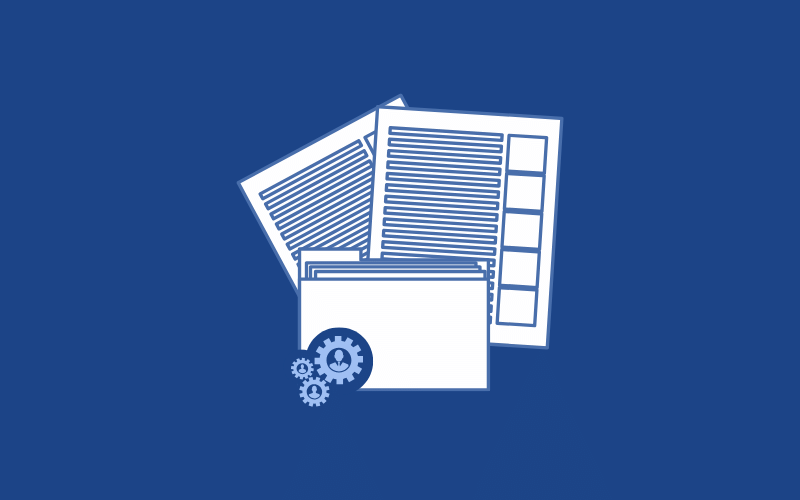Introduction:
Project documentation is a critical aspect of any successful venture, whether it’s a small-scale project or a large, complex undertaking. It involves recording and maintaining detailed information about a project’s objectives, scope, resources, timelines, and progress. In this article, we’ll dive deep into project documentation, exploring its importance, best practices, and how it contributes to project success.
Project Documentation: The Foundation of Success
It serves as the backbone of any project, providing a roadmap for all stakeholders involved. Here’s why it’s indispensable:
Clear Project Scope and Objectives
At the heart of project documentation lies a clear definition of the project’s scope and objectives. This clarity ensures that everyone understands what the project aims to achieve and what constraints exist.
Comprehensive Stakeholder Communication
Effective communication is crucial for project success. Proper documentation facilitates communication among stakeholders, keeping them informed about progress, challenges, and adjustments to the project.
Resource Allocation and Management
It helps in identifying and managing resources effectively. It ensures that the right resources are allocated to the right tasks, avoiding delays and bottlenecks.
Risk Identification and Mitigation
Incorporating risk assessment and mitigation strategies in the documentation allows project managers to proactively address potential challenges and minimize their impact on the project’s timeline and outcome.
Historical Record for Future Projects
Well-documented projects create valuable historical records that serve as references for future endeavors. These records enable organizations to learn from past experiences, leading to continuous improvement.
The Key Components of Project Documentation
1. Project Charter
The project charter is a foundational document that formally authorizes the project’s existence. It outlines the project’s objectives, scope, stakeholders, timeline, and budget.
2. Work Breakdown Structure (WBS)
The WBS breaks down the project into smaller, manageable tasks, creating a hierarchical structure that simplifies project management.
3. Gantt Chart
A Gantt chart visually represents the project timeline, showing the start and finish dates of individual tasks and their dependencies.
4. Risk Register
The risk register identifies potential risks, assesses their impact, and outlines mitigation plans to avoid or minimize negative consequences.
5. Communication Plan
This plan outlines how project updates and information will be communicated to stakeholders, ensuring everyone stays informed throughout the project’s life cycle.
6. Quality Management Plan
The quality management plan defines the project’s quality standards, processes, and metrics to ensure that deliverables meet the required level of quality.
7. Budget and Cost Estimates
A detailed budget and cost estimates are crucial for resource allocation and financial planning, ensuring the project stays within its approved budget.
8. Procurement Plan
For projects involving external vendors or contractors, the procurement plan details the process of acquiring goods and services.
9. Change Management Process
The change management process outlines how changes to the project’s scope or objectives will be evaluated, approved, and implemented.
10. Stakeholder Register
The stakeholder register identifies all individuals or groups impacted by the project and includes their roles, interests, and communication preferences.
11. Lessons Learned Report
After project completion, the lessons learned report summarizes successes, challenges, and recommendations for future projects.
12. Project Closure Documentation
This documentation signifies the official end of the project, including final reports, sign-offs, and evaluations.
Best Practices for Effective Documentation
1. Start Early and Keep It Updated
Begin documenting from the project’s inception and maintain it throughout the project’s life cycle. Regularly update information as the project progresses.
2. Use Collaborative Tools
Leverage project management software and collaborative tools to streamline documentation processes and promote effective team communication.
3. Be Clear and Concise
Ensure that all documentation is clear, concise, and easily understandable by all stakeholders.
4. Standardize Templates
Use standardized templates for different types of the documentation to maintain consistency and make information retrieval easier.
5. Involve Stakeholders
Engage stakeholders in the documentation process to ensure their inputs are included, and they have a sense of ownership over the project.
6. Conduct Regular Reviews
Schedule regular reviews of the documentation to identify gaps, errors, or outdated information.
FAQs about Project Documentation
- What is the purpose of project documentation?
Project documentation serves as a detailed record of a project’s objectives, scope, progress, and resources. It helps ensure effective communication, risk management, and resource allocation.
- Can project documentation be digital?
Yes, project documentation can be in digital format, leveraging project management software for easy access and collaboration.
- Who is responsible for creating project documentation?
The project manager is primarily responsible for creating and maintaining the documentation, but other team members and stakeholders may contribute.
- Is documentation only for large projects?
No, documentation is essential for projects of all sizes to ensure organization, communication, and successful completion.
- How can documentation benefit future projects?
Well-documented projects provide valuable insights and lessons that can inform and improve future projects.
- What should be included in a lessons learned report?
The lessons learned report should summarize successes, challenges, best practices, and recommendations for future projects.
Conclusion
Documentation is the cornerstone of successful project management. By providing a clear roadmap, facilitating communication, and ensuring effective resource allocation, it sets the stage for project success. Embrace the best practices, involve stakeholders.


